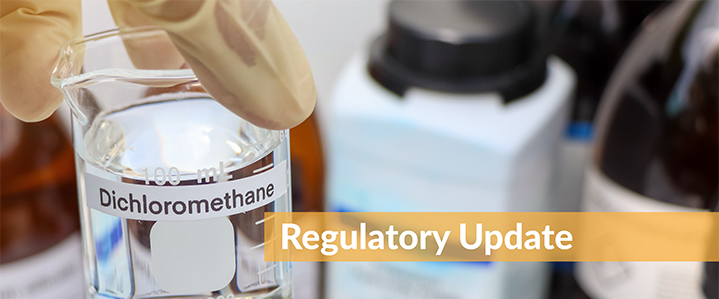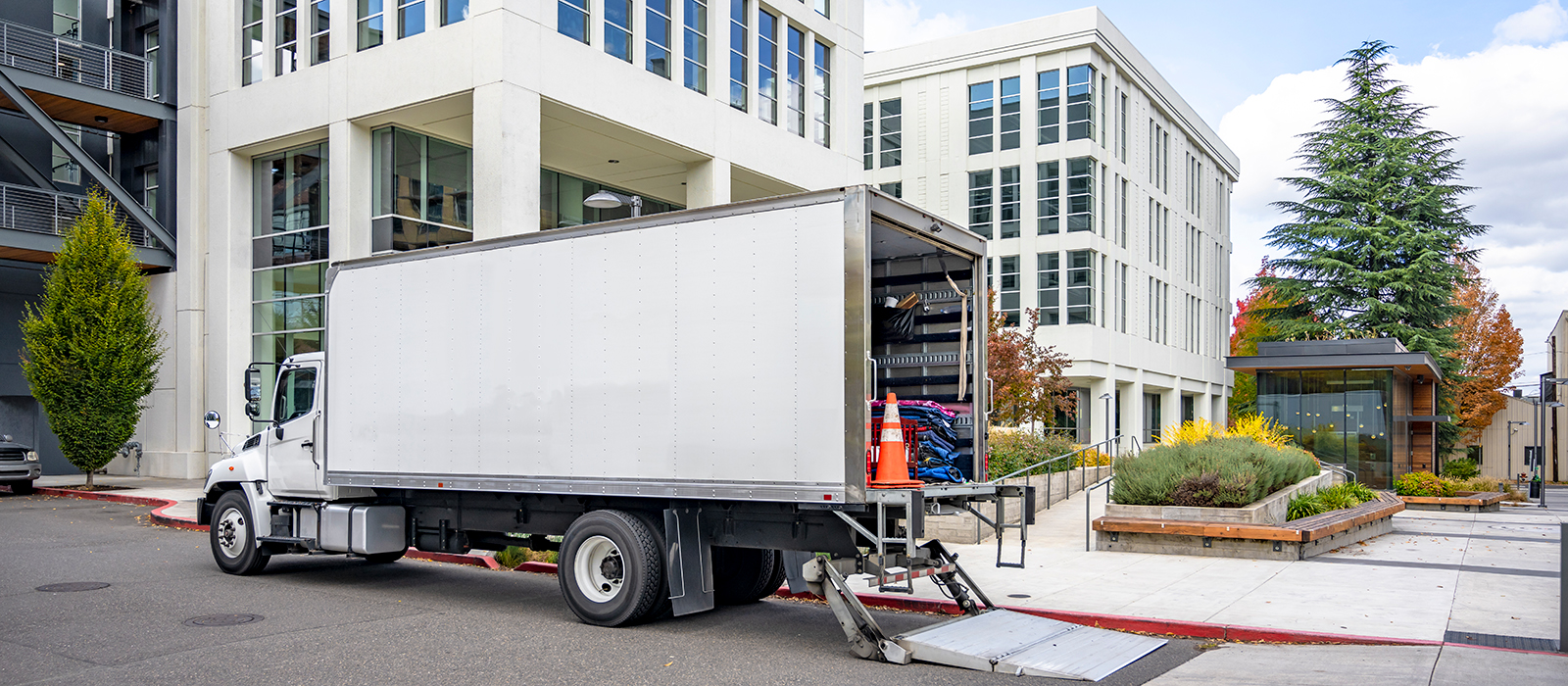Streamlined Management of Asbestos in Soil: UMass Boston’s UCRR Project

The hallmark of a successful construction project is marked by proper planning and budgeting. Even so, setbacks such as schedule delays are to be expected. But the sequence of events associated with the unanticipated discovery of asbestos contaminated soil on a construction site is anything but predictable. It can undoubtedly be a major roadblock against timely, not to mention – on budget project delivery. Swift enlistment of the right consultant is a smart move to save you time and money. When UMass Boston discovered asbestos in soil during its Utility Corridor and Roadway Relocation (UCRR) project, they sought expert guidance from EH&E to ensure the safety of workers and the community, and to avoid costly project disruption and delays. EH&E’s work with UMass Boston led to successful and efficient navigation of the highly complex asbestos abatement process.
UMass Boston’s Innovative Vision for Campus Infrastructure
As a nationally recognized model of excellence for urban public research universities, UMass Boston continues to push the limits of physically transforming its campus. The university’s 25-year master plan, originally unveiled in December 2009, outlines a framework for reinventing its 1970’s campus, which was built on a former municipal solid waste landfill. The plan calls for new buildings, landscapes, circulation corridors, and utilities. In accordance with the master plan, UMass Boston initiated in 2013 a large enabling project – development of a new utility corridor and roadway network – the UCRR project, to support future buildings and provide reliable utility services to the campus as well as a new roadway network throughout the campus. The massive project installed more than 17 miles of new piping and ductwork on the campus.
The project was well underway in early November 2015 when asbestos was discovered in soil during digging of a new utility trench for the campus. To say that this discovery presented numerous challenges was an understatement, given the extensive nature of work occurring on campus at the time and the amount of soil being disturbed during the process. With the passing of new regulations in 2014, the Massachusetts Department of Environmental Protection (MassDEP) had just broadened their definition of asbestos abatement to include contaminated soil, which did not provide a prescriptive regulatory framework. UMass Boston was to navigate this new regulatory framework without precedent.
UMass Boston’s Unique Needs for Managing Asbestos Contaminated Soil at the UCRR project
EH&E had been serving UMass Boston in various environmental capacities since 1988. UMass Boston had three unique needs that EH&E was expertly poised to deliver solutions.
Developing a Non-Traditional Asbestos Abatement Work Plan (NT Plan) For MassDEP Approval
UMass Boston was dealing with bulk loading and offsite disposal of Asbestos-Containing Waste Material (ACWM) from contaminated soil at the UCRR site – work regulated by the MassDEP. However, the regulatory framework for bulk loading of ACWM was not established nor well interpreted in 2015 as it is today. MassDEP therefore issues case-by-case approvals for Non-Traditional Asbestos Abatement Work Practice based on a review to determine whether the plan is administratively and technically complete. Since the application process for ACWM was new at the time, there was no timeline for MassDEP approval, unlike the 10-day turn-around in place today. Case-by-case reviews and negotiations meant delayed processing and approval unless MassDEP was convinced that appropriate and specific work practices were laid out in a detailed proposal.
Timely development of the NT Plan required adept navigation of the regulations, and a licensed Asbestos Designer to develop a work plan that would meet the strict health, safety, and environmental requirements set out in the regulations. UMass Boston also needed this NT work plan to be approved the first time it was submitted to the MassDEP. EH&E fit the bill and already had an established working relationship with the MassDEP. The approval process was subsequently expedited as we worked in close liaison with the MassDEP to develop and submit an NT plan on behalf of UMass Boston which was quickly approved.
Designing and Implementing MassDEP Approved Perimeter Asbestos Air Monitoring Program
The UCRR project site at UMass Boston was a large, complex site with up to 10 work zones per day involving excavation and or disturbance of asbestos contaminated soil. Based on the approved NT plan at the site, MassDEP required daily asbestos air sampling and reporting in four locations along the perimeter of each active work zone, for each workday. MassDEP also required twice daily reporting as well as immediate (within 2 hours) notification of exceedance of sampling results to facilitate prompt response.
UMass Boston essentially needed a consultant to innovate a perimeter asbestos air monitoring program continuously on a site with no power, and multiple active work zones involving excavation and soil management. In addition, the monitoring program had to be developed in coordination with project stakeholders and input from MassDEP.
EH&E delivered a MassDEP approved perimeter asbestos air monitoring program and solved the project challenges with an innovative automated data processing system – a capability that was not common or readily available at the time. Our automation proficiency allowed us to seamlessly process the large volume of daily sampling data. We collected over 30,000 samples during the 24-month timeframe in which asbestos contaminated soil was disturbed. Despite the vast scale of the project, EH&E’s automation achieved a smaller staff count onsite, ultimately keeping costs down for UMass Boston.
Expertise in Risk Communication Strategies to Address Community Concerns on Asbestos Exposure
UMass Boston initially involved EH&E on the UCRR project based on our expertise in risk mitigation and communication, particularly our strategies on local community messaging about potential asbestos exposure. Given its deep connections to the city, it was important to UMass Boston that it involved the local community early in the process to communicate potential asbestos exposure scenarios, if warranted. UMass Boston provided timely construction updates to the local community via its website and this approach to transparency led to increased community trust.
EH&E utilized appropriate strategies and risk communication materials to facilitate responses to potential exceedance events. Ultimately, data from 30,000 asbestos sampling results over the course of the multi-year UCRR project did not show impact or pose asbestos exposure risk to the local community.
Two Key Takeaways from UMASS Boston’s Successful Management of Asbestos in Soil at the UCRR Project
Though the regulatory framework for bulk loading of ACWM is well established today, two key lessons can still be gleaned from the success of UMass Boston’s UCRR project. One – commitment to transparency and timely communication. Two – the importance of innovation to meet project demands.
Asbestos contamination of soil at construction sites is bound to be an issue for the foreseeable future. UMass Boston was able to develop and sustain the trust of its local community throughout the duration of the project by involving the community early in the process via timely communication as it evaluated potential asbestos exposure during construction work.
EH&E’s innovative data processing system for the perimeter asbestos air monitoring program offered automation proficiency which enabled seamless processing of over 30,000 samples in a 24-month timeframe. Such innovation was crucial to meeting the demands set forth by MassDEP and ultimately contributed to the success of the project. Case in point, there will always be room for innovation when it comes to meeting project demands.
To learn more about how EH&E can help with your next project, contact us today.
Subscribe
to our blog
"*" indicates required fields




